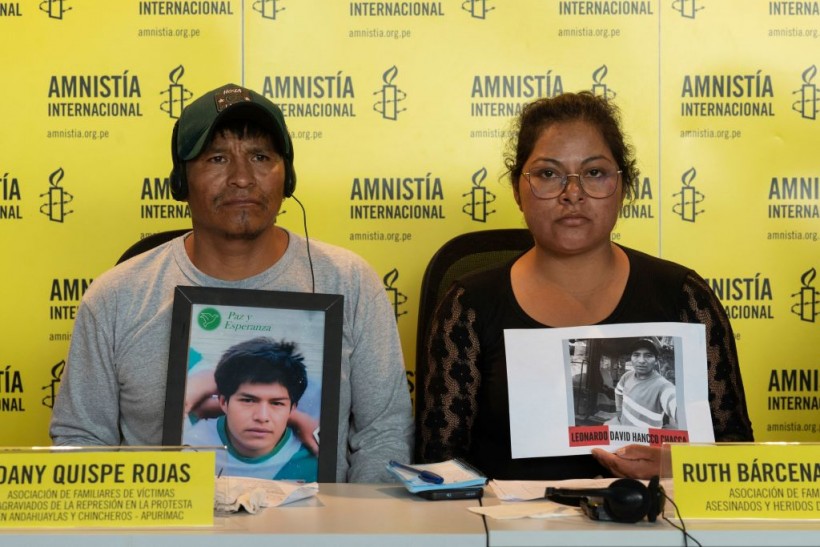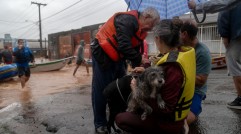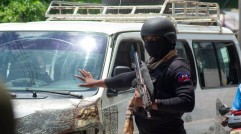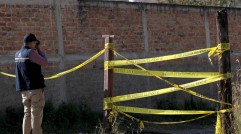Peru Gives $13,000 to Families Who Lost Loved Ones in Anti-Government Protests

Families who lost a relative in Peru's nationwide protests have demanded reparations, and the Peruvian government has now announced financial assistance for the deaths and injuries of protesters.
According to CNN, the Peruvian government offers families who lost a relative during protests between December 8 and February 10 around 50,000 nuevos soles (US$13,000) in financial support, while the injured would get about 25,000 nuevos soles (US$6,500).
The decree noted that the payments were categorized as financial help for civilians and police officers and were not considered reparations. The anti-government protests in Peru are among the most violent in recent Latin American history.
The impeachment and arrest of President Pedro Castillo on December 7 after his attempt to dissolve Congress sparked widespread protests. Protesters have blocked roads, set fire to police stations, and shut down airports over the past two months. Authorities then responded by firing live rounds into some demonstrators.
Deaths linked to the protests stood at around 60, mostly from clashes with police. Protesters demanded Dina Boluarte's resignation, the closure of Congress, and a new constitution. According to Al Jazeera, protesters are also clamoring for the release of Castillo.
READ NEXT: Peru Expels Mexican Ambassador
Rights Group Slams Peru Government for Not Taking Responsibility for Protesters' Deaths
Even though the Peruvian government is offering large sums of money to those whose relatives died in the protests, Amnesty International still criticized the government for not taking responsibility for the deaths.
"Economic assistance to the people killed and injured is a duty by the State due to the families' patrimonial affectation but does not exempt (the state) of the responsibility to look for truth, justice, and reparation for the victims for the abuse of their human rights," the rights organization said in a statement on Twitter.
Amnesty International had also accused the Peruvian government of racial bias against protesters, as many were from the indigenous regions of Peru.
The rights group also slammed Peruvian authorities for using firearms loaded with lethal ammunition to disperse the protesters when it was clear that there were no apparent risks to their lives. Amnesty International argued that this clearly violated international human rights standards.
Amnesty International Found Over 46 Possible Cases of Human Rights Violations in Peru
The rights group sent a fact-finding mission to Peru, not just in Lima, but also in the southern cities of Chincheros, Ayacucho, and Andahuaylas. Amnesty International Americas director Erika Guevara-Rosas noted that Peruvian authorities had permitted the "excessive and lethal use of force to be the government's only response."
According to The Guardian, the rights group's Peru mission investigated 46 possible cases of human rights violations and documented 12 deaths from the use of firearms, with all the victims appearing to have been shot in the chest, torso, or head.
The organization further noted that it found photographic and video material that proves that Peruvian authorities used "excessive and sometimes indiscriminate use of lethal and potentially lethal force" to disperse the protesters. The group also found that the judicial investigations into the deaths were slow and under-resourced.
READ MORE: Pedro Castillo Ousted as Peru President
This article is owned by Latin Post.
Written by: Rick Martin
WATCH: Who Are the Protesters in Peru and What Do They Want? - From DW News
Subscribe to Latin Post!
Sign up for our free newsletter for the Latest coverage!














